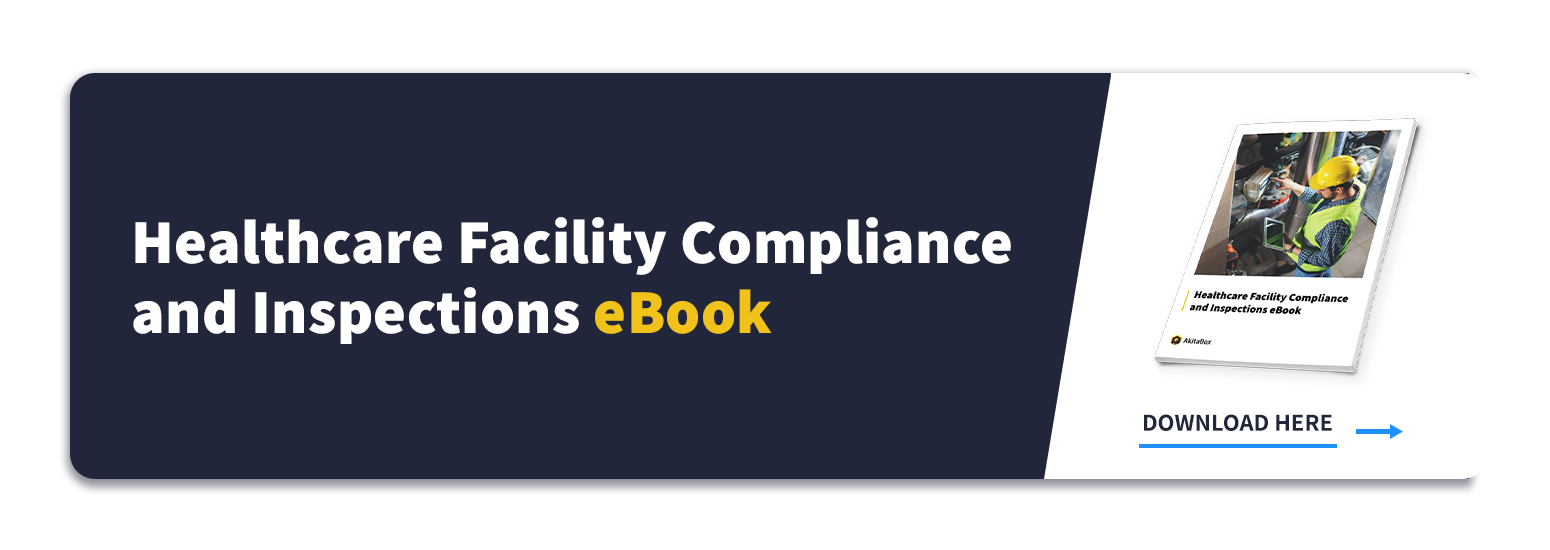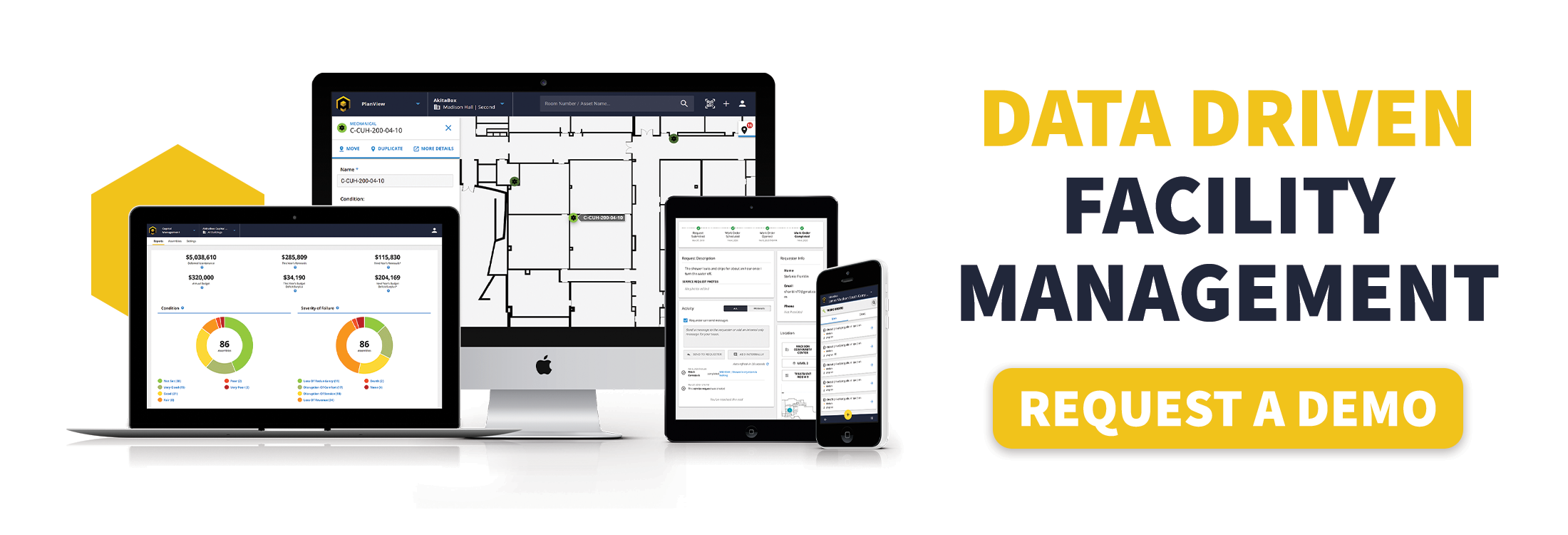Joint Commission 101: What is “Deemed Status” and Who Grants it?
In a high-risk industry like healthcare, compliance with laws and regulations is absolutely crucial to patient safety. Compliance can even save your organization from potential lawsuits, hefty fines or the loss of licenses.
This article explores how to maintain compliance and achieve accreditation with the Joint Commission. After reading, you’ll be one step closer to helping your organization better serve its patients.
The Guide to Joint Commission Standards and Deemed Status
Safety standards in healthcare help promote high-quality care for patients. Regulations also keep operations running smoothly and ensure that staff follow proper procedures. National accrediting agencies, such as the Joint Commission, serve to evaluate healthcare organizations and ensure that safety and quality of care are adequate.
What is the Joint Commission?
The Joint Commission is a United States-based organization that accredits more than 21,000 U.S. healthcare organizations and programs. The goal of this non-profit is to drive quality patient safety in healthcare institutions. The Joint Commission consults with doctors, nurses, quality specialists and safety experts to review an organization’s current standards and make recommendations for improvement.
What is Joint Commission accreditation and certification?
Healthcare organizations, programs and services can voluntarily pursue accreditation and certification through the Joint Commission. Becoming Joint Commission accredited comes with a certain level of prestige and honor, as accreditation can attest to the organization’s commitment to quality of care. Learn more about the difference between accreditation and certification here.
What are the benefits of Joint Commission accreditation?
Joint Commission accreditation ensures that institutions provide safe environments of care, protect patient privacy rights, plan for emergency situations, and more. Here’s a list of benefits your organization may gain from becoming accredited and/or certified with the Joint Commission:
- Receive and display the Joint Commission’s Gold Seal of Approval®. This internationally-recognized symbol of quality demonstrates that your organization has undergone a thorough evaluation by the Joint Commission and meets rigorous performance standards in delivering safety and quality care.
- Give staff members the opportunity to develop their skills and industry knowledge. Achieving certification supports common goals among clinical team members and provides a concrete validation of their efforts.
- Promote a culture of excellence across your healthcare organization. Joint Commission accreditation and certification is recognized nationwide as a symbol of quality and an organization’s commitment to meeting specific performance standards.
The list of benefits is lengthy, but overall, the Joint Commission’s standards and guidelines help organizations establish a more consistent approach to care, which ultimately reduces the risk of error.
What is deemed status?
In simple terms, “deemed status” demonstrates that an organization not only meets but exceeds expectations for a particular area of expertise. Deemed status is given by Centers for Medicare and Medicaid Services (CMS) or through an accredited agency.
For example, healthcare organizations that achieve accreditation through a Joint Commission “deemed status” survey are determined to meet or exceed Medicare and Medicaid requirements. A healthcare organization with “deemed status” would not be subject to the Medicare survey and certification process because it has already been surveyed by an accrediting organization.
Who can grant deemed status?
The Centers for Medicare & Medicaid Services (CMS) grants “deeming authority” to approved accrediting agencies like the Joint Commission. This means that the agency has the power to confirm that an institution meets Medicare and Medicaid certification requirements.
In other words, if your healthcare organization wants to participate in and receive payment from the Medicare or Medicaid programs, it must be certified as compliant with specific standards. Certification is granted (or not granted) based on a survey conducted by a state agency, on behalf of the Centers for Medicare & Medicaid Services (CMS).
Industry Resources on Healthcare Safety, Inspections and Compliance
Are you looking for more ways to increase safety and prove compliance in your healthcare organization? The following industry resources are great for learning more about inspections and compliance in your facility.
- Discover the power of compliance-based inspection software for healthcare organizations: Driving excellence in your healthcare organization starts with improving procedures for safety checks and regulatory compliance. Here’s how an inspection application will help your facilities team drive excellence in healthcare buildings.
- Visit QualityCheck.org: The purpose of Quality Check is to list Joint Commission accreditation status. This is a great website to use if you want to view healthcare organizations that have received the Gold Seal of Approval®.
- Check out Hospital Inspections.org: Run by the Association of Health Care Journalists (AHCJ), this website aims to make federal hospital inspection reports easier to access, search and analyze. This site includes details about deficiencies cited during complaint inspections at acute-care, critical access or psychiatric hospitals throughout the United States.
Patient safety is directly related to the state of your facilities. Let us help you maintain compliance, assess risks, reduce operating cost and improve your operational efficiency. Click on the image below to learn more.


